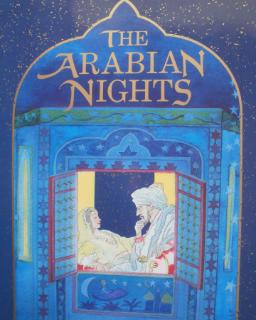Month 3: Poet’s view
Peep Show
At the start of the third month, Brian Alderson showed us a special purchase: Harold Jones’s The Forest Peep Show, hand-coloured and in a slipcase. Is this the only surviving copy? The title gave me some ideas for a title of a piece I was trying to write – which was, as it happens, about working with archives…
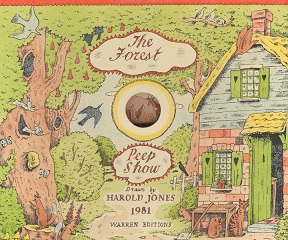
Shakespeare
It doesn’t compare to the sonnets in poetic terms, but it is rarer: the only known copy of a 19thCentury [?] pamphlet of Limericks, called ‘The Beauties of Shakespeare,’ published by Wallis.
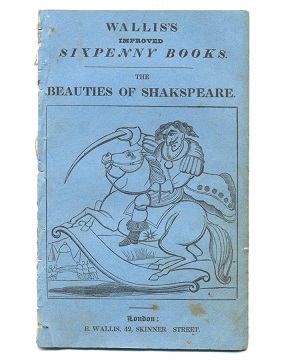
Catalogue-Language
In month three I discovered the mysterious and strangely polite vocabulary of old book-catalogues: “imperfect”; “the title page is mutilated”; “original covers are wanting”.
Beautiful Things
We arrived one morning in April to find a pile of beautiful, strange-looking books. What had Brian found for us today? Actually, these were just that weeks’ purchases! We decided to photograph them, as an example of the sorts of things that come through the collector’s door in a week.
How to Write
During the final month of our project, Brian Alderson was involved in completing a book about the Ladybird publications, which is forthcoming from The British Library. We had a chance to witness his progress as he worked through the last chapters, and to help scan some of his own books, for illustrations. He even needed scans of the endpapers, to show changes in style.
William Blake
When we arrived on 16th May there was a tiny book lying on the table for us to look at. It was a selection of Blake’s ‘Songs of Innocence,’ published by Henry Frowde in 1910, and containing very delicate, detailed colour illustrations. We picked it up and looked through the pages carefully: it looked very valuable. “It was cheap!” said Brian, who went on to explain that he has a large collection of Blake, and was interested in this book not so much because he liked it, but because it was an example of a particular style – a sentimentalising of Blake.
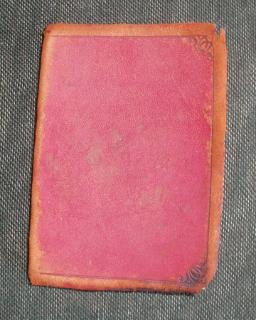
How to Talk
I was very interested in Brian’s experience as a public speaker. Having discovered that he abhors the practice of reading directly from a pre-prepared paper, I asked him what he felt a speaker should do. “You’ve got to talk to the audience,” he replied. “You should try to do it from your head.” “Use examples,” he said. What about nerves? I asked. “Nerves can help,” he replied.
Words and Pictures
On one of our final visits to the archive, we were shown a selection of original art works, used as illustrations in children’s books. These included the original watercolours for Edward Ardizzone's How the Moon Began and Margery Gill’s pen and ink drawings for The Heavenly Carthorse.
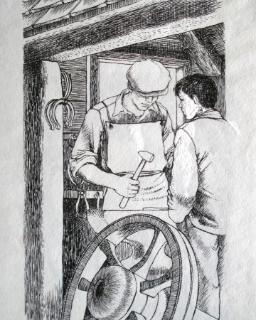
Mahler and the Needle
On one of our last visits Brian Alderson told us about his early interest in Mahler. He would listen to shellac discs (78 rpm) on an old gramophone with a needle that you had to sharpen at the end of each side. Such was the intensity of Mahler’s 2nd symphony, he told us, the needle would wear down half way through the disc.
In Translation
We recorded Brian Alderson reading his translation of Grimm’s ‘The Moon’ and from his versions of The Arabian Nights. As someone who has studied poetry-in-translation for many years, I found it fascinating to listen to the different tones that he achieved. This was exactly his aim, he explained. The Grimm should be spoken in a vernacular, as it were, while he wanted The Arabian Nights to sound more heightened, removed from everyday speech, Biblical even.
